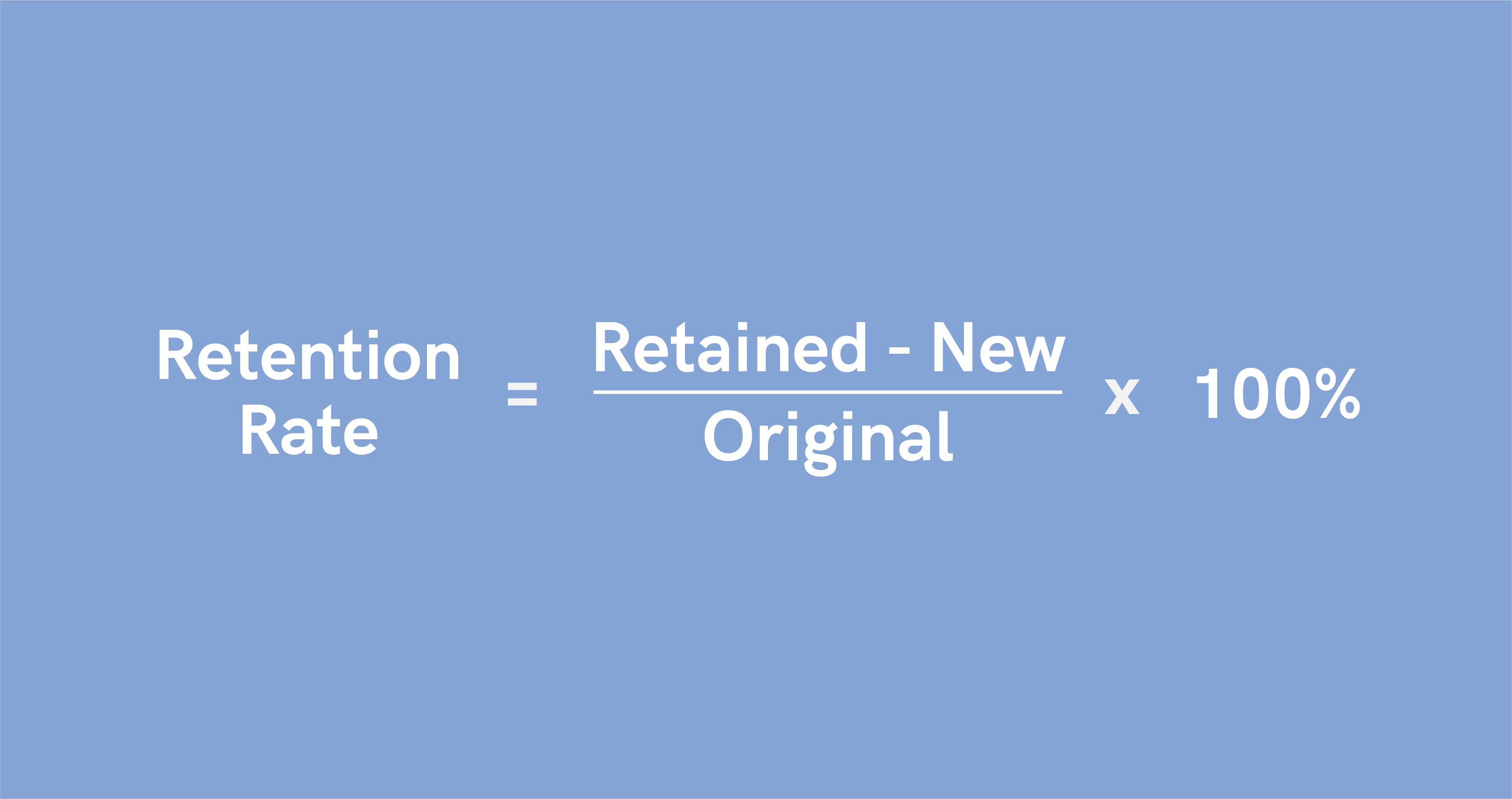Loyalty programs are an effective way to increase sales, traffic and customer retention. But what does customer retention really mean, and how can you measure it to ensure you’re getting the best return on investment from your loyalty strategies?
In this article, we’re sharing the basics of customer retention, how to calculate it, and a few practices to increase your retention rate.
Customer retention refers to a business’ ability to keep its customers over a certain period of time. Businesses with a low customer retention rate rely on new customers to bring in revenue, whereas businesses with a high customer retention rate get most of their sales from repeat customers.
A business with a great loyalty program is able to consistently re-engage its core customers by offering meaningful and timely rewards and promotions. This essentially means your business could increase its sales and ticket/basket amounts with a lower marketing budget.
You’ve likely heard it a thousand times, but let’s repeat it for emphasis: acquiring a new customer costs 5x more than re-engaging an existing one.
Although you should be concerned with growing your reach and your brand awareness, it’s important to invest the time and care to improve your customer retention strategies. A solid loyalty program will not only increase your average customer lifetime value, but it will also help you establish strong customer relationships and brand advocates.
Calculating customer retention before, during, and after a loyalty program is implemented is important so you can accurately assess if you’re effectively retaining customers.
The calculation is relatively simple, but first, you’ll need a few numbers:
Once you have these numbers you can simply plug them into the formula below:
Customer Retention Rate = (Retained Customers - New Customers) / Original Number of Customers *100%

This formula gives you your customer retention percentage rate. The higher the number, the better your retention strategies are performing.
Example:
Your shop has 100 customers at the beginning of the month. Throughout the following period, 22 return to make a purchase, and you attract 13 new customers.
Customer Retention Rate = (22-13)/100 *100% = 9%
You decide to implement a loyalty program, which sends out personalized and limited-time offers. When you calculate your customer retention for the following period, you have 110 customers at the beginning of the month, 43 repeat customers, and 21 new customers.
Customer Retention Rate = (43-21)/110 *100% = 20%
The higher customer retention rate means that your loyalty program is effectively enticing your core customers to come back and purchase from you.
Improving your customer retention rate ultimately starts with creating the best experience for your customers.
Aside from prioritizing customer service and in-store/online experience, you’ll want to make sure that you’re getting the most out of your loyalty program. Ensure that your team is effectively marketing your loyalty program to customers and your rewards align with your business objectives.
Once you have a healthy loyalty member base, you’ll also have a significant amount of customer data that will help you create better promotions. Limited-time offers, personalized promotions, and automated communications are an effective way to stay top-of-mind while providing value and keeping your customers coming back for more.